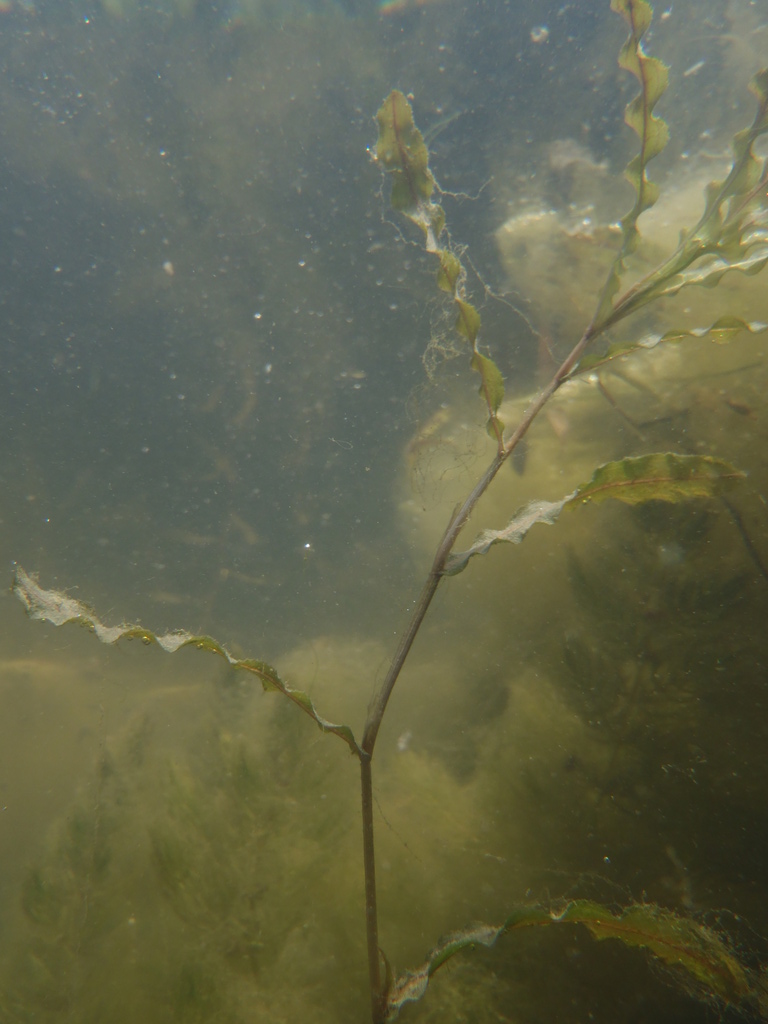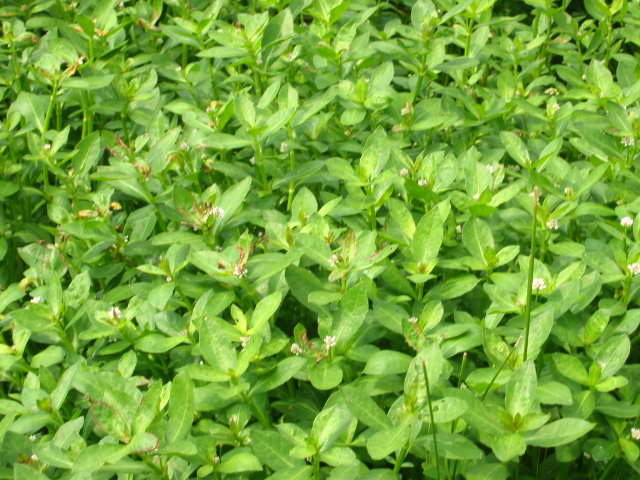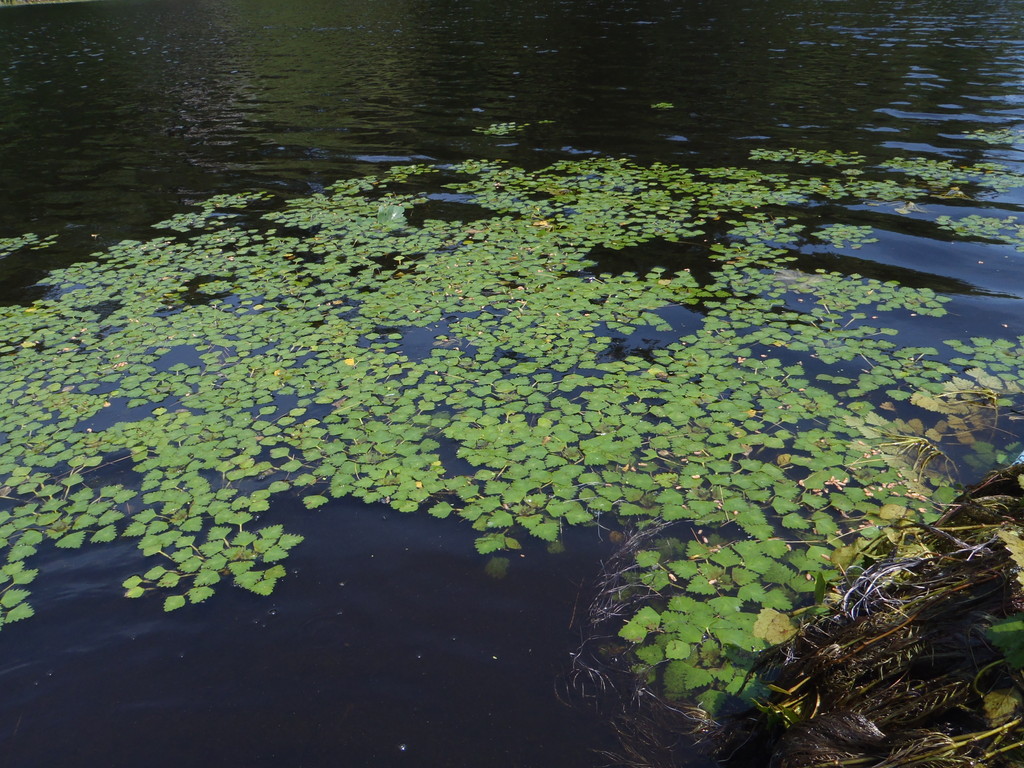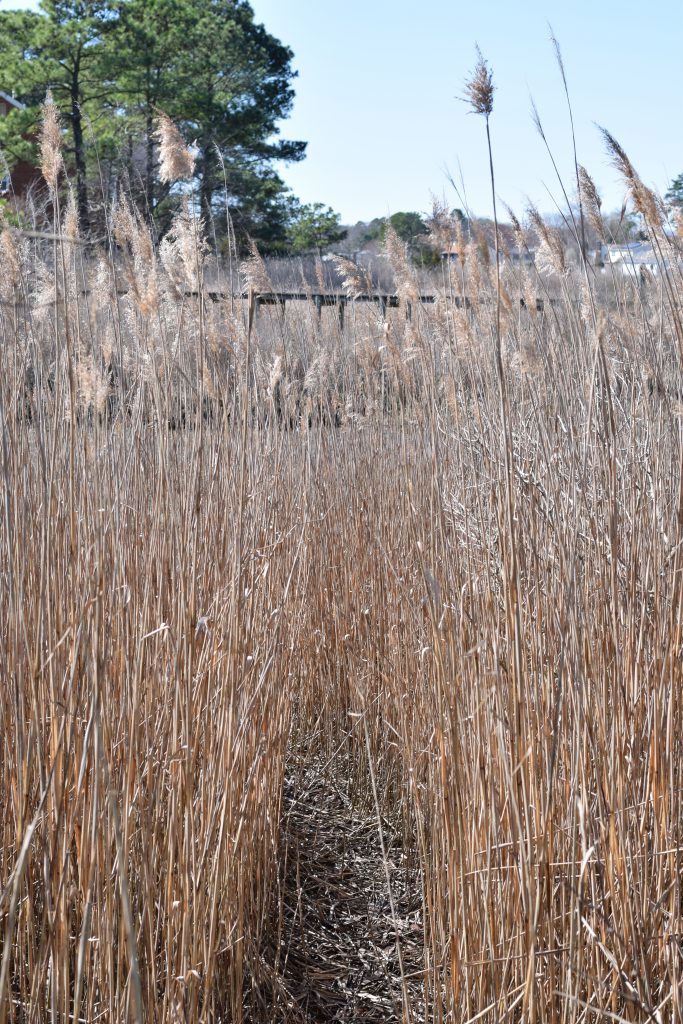
Identifying and Treating Invasive Aquatic Plants in Your Lake or Pond
Invasive aquatic plants are non-native species that spread rapidly, threatening the diversity and abundance of native plant species as well as the ecological balance of lakes and ponds. And in addition to reducing the habitat quality for aquatic life, invasive species can limit recreational use of waterbodies for activities like boating, fishing, and swimming. They can also pose serious health and safety risks.
Invasive species are aggressive and can be very difficult to control, which is why it is important to detect them early and begin a management program before they have a chance to dominate a system. There are several main categories of invasive aquatic plants: submerged, emergent, floating, and wetlands

Submerged plants
Submerged plants grow under the surface of the water and can cause problems for boating, fishing, and aquatic life because of their dense growth. Invasive submerged plants include:
- Hydrilla
- Egeria (Brazilian Elodea)
- Curlyleaf Pondweed
- Eurasian Watermilfoil
- Variable Milfoil
- Fanwort

Emergent plants
Emergent plants grow in shallow water, with the majority of the plant standing upright above the water. They can dominate shallow waterbodies or wetland areas. Invasive emergent plants include:
- Alligatorweed
- Smartweed
- Water Primrose

Floating plants
Floating plants may or may not have roots, have most of their leaves and plant tissue floating on top of the water, and can spread rapidly over the surface of a lake or pond. Invasive floating plants include:
- Water Hyacinth
- Water Lettuce
- Giant Salvinia
- Water Chestnut

Wetland plants
Wetlands are considered the most biologically diverse of all ecosystems and are vital filters for surrounding watersheds. Invasive species will often out-compete beneficial plants, though, which reduces existing native species and biodiversity in the wetlands. Invasive wetland plants include:
- Phragmites
- Purple Loosestrife
- Common Buckthorn
If detected early, small-scale selective treatments can be rapidly implemented to contain and eliminate the invasive species. Monitoring is also an important element of an effective invasive species management program. Regular inspections allow us to identify and control any nuisance plants before they have a chance to spread.
For large open areas or sites where land or boat-based aquatic treatments are a challenge, we offer aerial application technologies for the treatment of invasive aquatic plants. Aerial applications are often much more efficient and cost-effective in these situations.
Invasive aquatic plants should be managed quickly and effectively by professionals. Controlling these harmful weeds will help restore balance to your aquatic ecosystem and create a safe environment for fishing, boating, and swimming.
SOLitude Lake Management is a nationwide environmental firm committed to providing sustainable solutions that improve water quality, enhance beauty, preserve natural resources and reduce our environmental footprint. SOLitude’s team of aquatic resource management professionals specializes in the development and execution of customized lake, pond, wetland and fisheries management programs that include water quality testing and restoration, nutrient remediation, algae and aquatic weed control, installation and maintenance of fountains and aeration systems, bathymetry, mechanical harvesting and hydro-raking, lake vegetation studies, biological assessments, habitat evaluations, and invasive species management. Services and educational resources are available to clients nationwide, including homeowners associations, multi-family and apartment communities, golf courses, commercial developments, ranches, private landowners, reservoirs, recreational and public lakes, municipalities, drinking water authorities, parks, and state and federal agencies. SOLitude Lake Management is a proud member of the Rentokil Steritech family of companies in North America.









